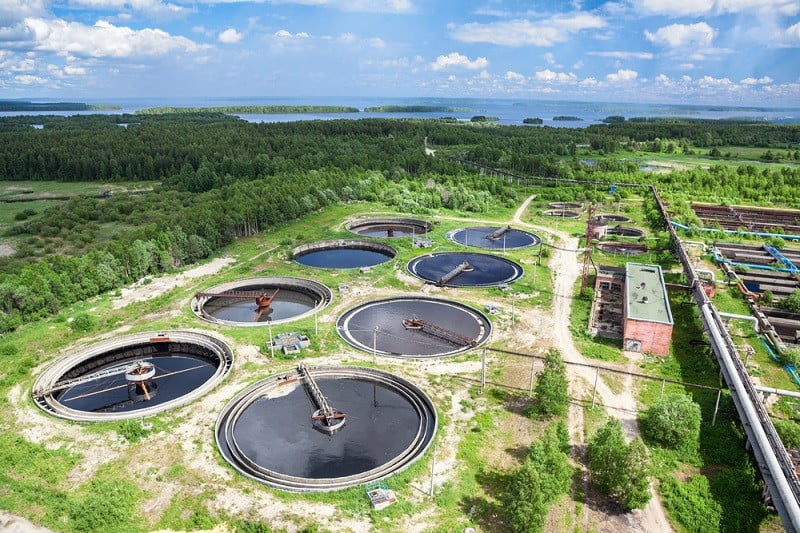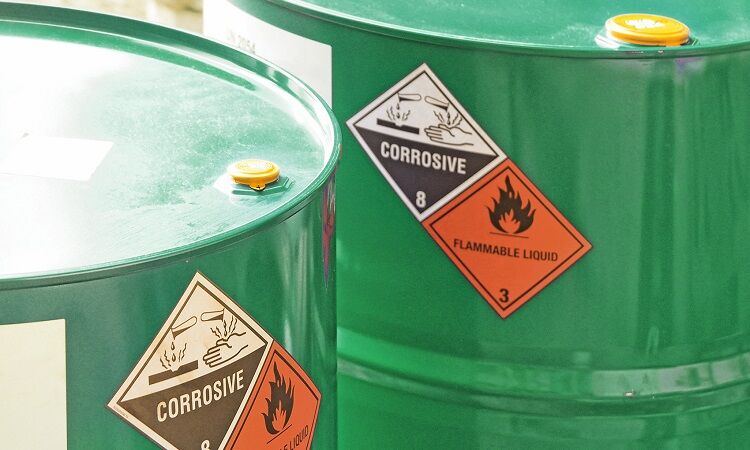Expert Liquid Waste Removal Melbourne: Fast and Inexpensive Providers
Expert Liquid Waste Removal Melbourne: Fast and Inexpensive Providers
Blog Article
How Liquid Garbage Disposal Functions: A Thorough Summary of Techniques and Technologies Employed

Summary of Fluid Waste Kind
The intricacy of liquid waste types necessitates a comprehensive understanding of their qualities and implications for disposal. Liquid waste can extensively be categorized into a number of kinds, including industrial, municipal, farming, and dangerous waste. Each group displays unique buildings, calling for details management methods to mitigate environmental and wellness dangers.
Industrial fluid waste stems from producing processes and frequently contains a variety of impurities, such as hefty steels, solvents, and natural substances. Metropolitan liquid waste, mainly comprising wastewater from homes and commercial establishments, includes organic issue, nutrients, and virus (industrial wastewater treatment). Agricultural fluid waste, consisting of overflow from farms, might include plant foods, chemicals, and animal waste, posing threats to water high quality and communities
Hazardous fluid waste is defined by its poisoning, reactivity, or potential to cause damage. This category consists of substances like acids, bases, and specific chemicals that require strict handling and disposal methods. Comprehending these varied liquid waste kinds is important for developing reliable disposal methods and making sure compliance with ecological laws. Appropriate classification and characterization are essential for carrying out appropriate therapy techniques and reducing the unfavorable influence on public wellness and the atmosphere.
Physical Treatment Methods

Screening is the preliminary action, where larger fragments and particles are gotten rid of from the fluid waste utilizing screens or grates. This process secures downstream devices from damage and ensures smoother operation. Adhering to screening, sedimentation utilizes gravitational pressure to different solids from liquids. In sedimentation containers, much heavier bits clear up near the bottom, forming a sludge layer, while the clarified fluid can be additional dealt with.
Filtration is one more necessary method that includes passing the liquid through permeable materials, such as sand or membranes, to capture smaller fragments. This step improves the quality of the fluid, making it suitable for subsequent therapy processes.

Chemical Treatment Strategies
Chemical therapy strategies are essential for efficiently managing liquid waste, particularly in resolving dissolved and colloidal contaminants that physical approaches may not sufficiently get rid of. These methods make use of various chemical representatives to reduce the effects of, precipitate, or transform unsafe substances right into much less damaging kinds.
One common technique is coagulation and flocculation, where chemicals such as alum or ferric chloride are included in promote the aggregation of put on hold particles. This procedure enhances sedimentation, enabling less complicated elimination of the resulting sludge. Additionally, oxidation procedures, using agents like chlorine or ozone, are utilized to damage down intricate organic compounds and internet virus, rendering the waste much safer for discharge or more therapy.
Neutralization is one more essential strategy, which changes the pH of acidic or alkaline waste streams to neutral degrees, preventing potential damage to downstream systems and the atmosphere. In addition, advanced oxidation processes (AOPs) use mixes of oxidants and ultraviolet light to weaken relentless pollutants, achieving a greater degree of therapy performance.
Organic Therapy Procedures
Biological treatment processes play a critical duty in the monitoring of fluid waste by making use of microorganisms to break down organic matter go to this web-site and decrease pollutant levels. These processes can be extensively categorized into anaerobic and cardiovascular treatments, each employing specific microbial neighborhoods to accomplish efficient waste degradation.
Aerobic therapy involves making use of oxygen to facilitate the breakdown of organic materials by bacteria. This procedure is generally applied in turned on sludge systems, where aeration tanks provide a helpful setting for microbial development, causing the oxidation of organic pollutants. The resultant biomass can be divided from treated effluent through sedimentation.
On the other hand, anaerobic treatment occurs in the absence of oxygen, counting on different bacteria to break down raw material. This technique is especially advantageous for high-strength waste, as it generates biogas, an eco-friendly energy source, while lowering sludge production. Technologies such as anaerobic digesters are frequently used in community and commercial applications.
Both aerobic and anaerobic organic treatments not just reduce the ecological effect of fluid waste but likewise facilitate source recovery, making them crucial elements of lasting waste management approaches. Their adaptability, effectiveness, and performance sustain their widespread execution across different fields.
Emerging Technologies in Disposal
Ingenious strategies to liquid garbage disposal are swiftly evolving, driven by improvements in modern technology and an increasing emphasis on sustainability. Amongst these arising technologies, membrane bioreactors (MBRs) have gotten grip for their capacity to integrate organic therapy with membrane filtration, leading to premium effluent that can be reused in different applications. MBRs enable smaller footprints and more effective operations contrasted to typical systems.
Another encouraging growth is using anaerobic digestion incorporated with nutrient recuperation modern technologies, which not just deals with fluid waste but additionally produces biogas and recovers useful nutrients like nitrogen and phosphorus. This double advantage enhances source efficiency and decreases ecological impact.
Additionally, progressed oxidation processes (AOPs) are being taken on for the degradation of intricate organic pollutants. These approaches utilize powerful oxidants and stimulants to damage down impurities at the molecular degree, supplying a very efficient remedy for challenging waste streams.
In addition, the combination of fabricated knowledge and artificial intelligence in my review here waste management systems is optimizing functional effectiveness and predictive upkeep, bring about reduced costs and improved ecological compliance. These innovations mirror a substantial shift towards more reliable and sustainable fluid garbage disposal practices.
Verdict
In final thought, reliable liquid waste disposal requires a thorough understanding of various techniques and innovations. By continuously advancing these techniques, it becomes possible to deal with the growing difficulties linked with fluid waste, ultimately contributing to environmental security and source recovery.
Liquid waste disposal is an important facet of ecological management, requiring an extensive understanding of numerous techniques and innovations tailored to different waste types. Fluid waste can extensively be classified right into a number of kinds, including industrial, local, farming, and hazardous waste. Agricultural fluid waste, consisting of overflow from farms, might include plant foods, chemicals, and animal waste, positioning threats to water quality and ecological communities.
Different physical treatment methods play a vital role in handling liquid waste successfully - industrial wastewater treatment.In final thought, efficient fluid waste disposal demands a comprehensive understanding of numerous techniques and innovations
Report this page